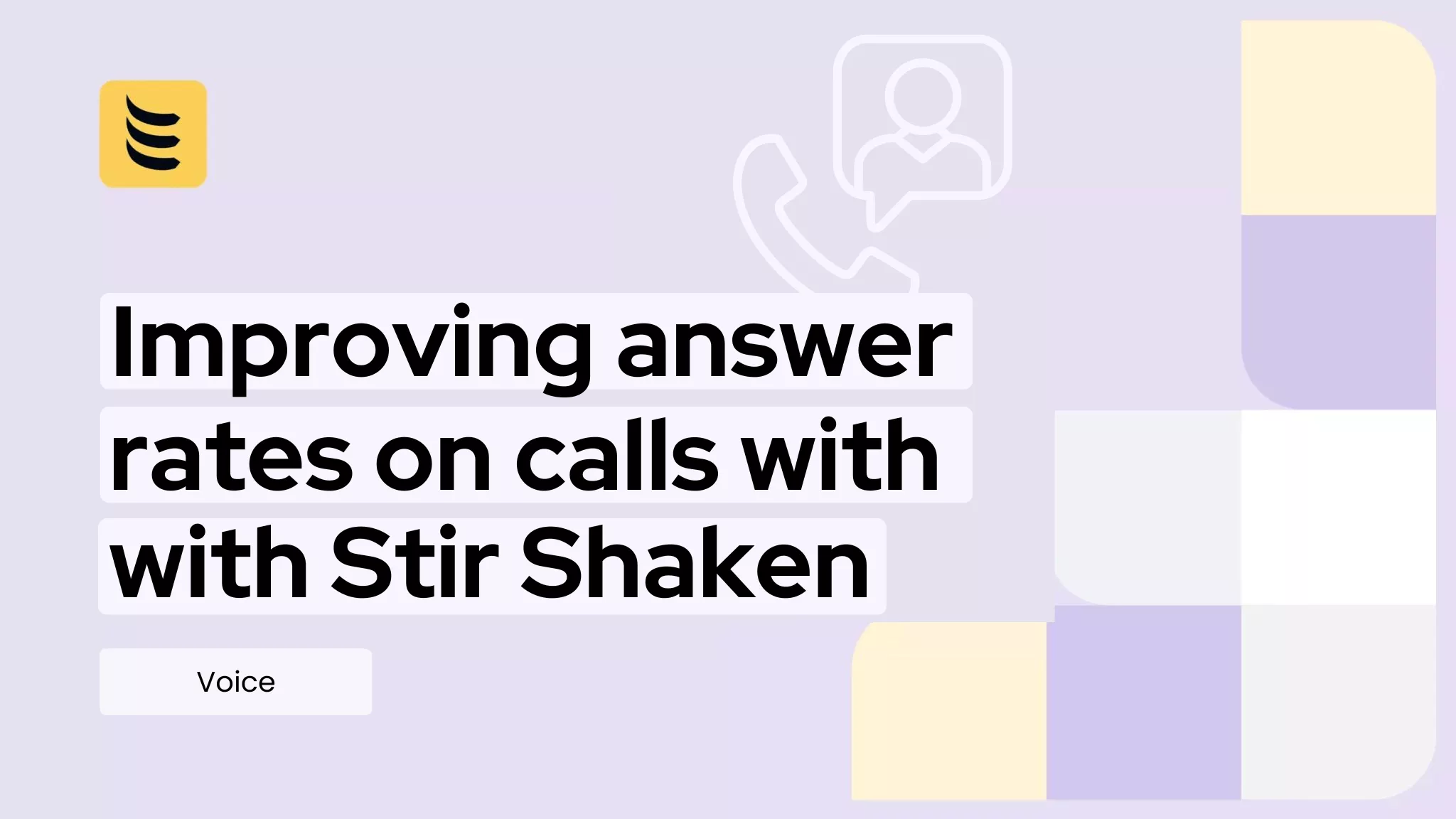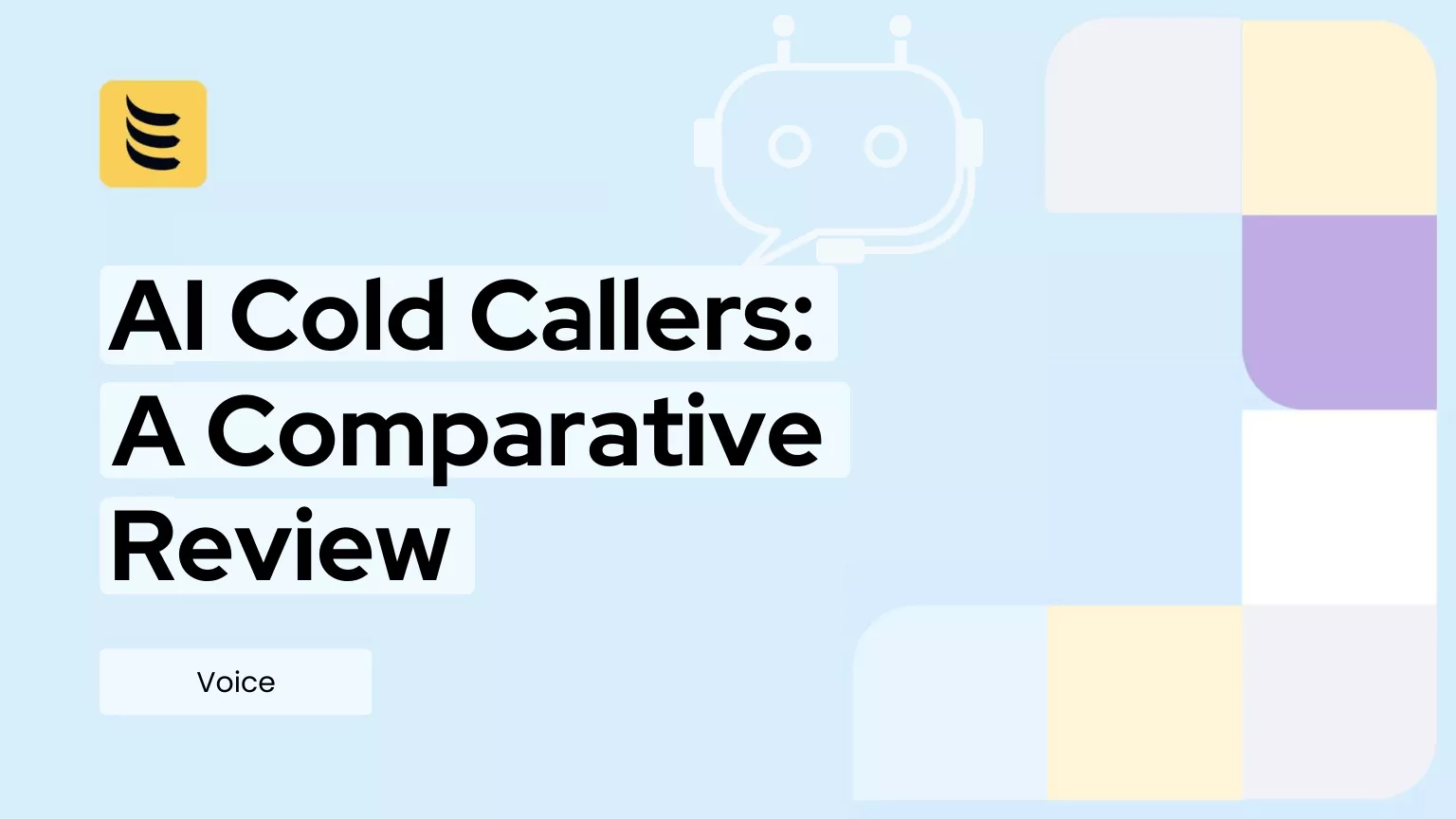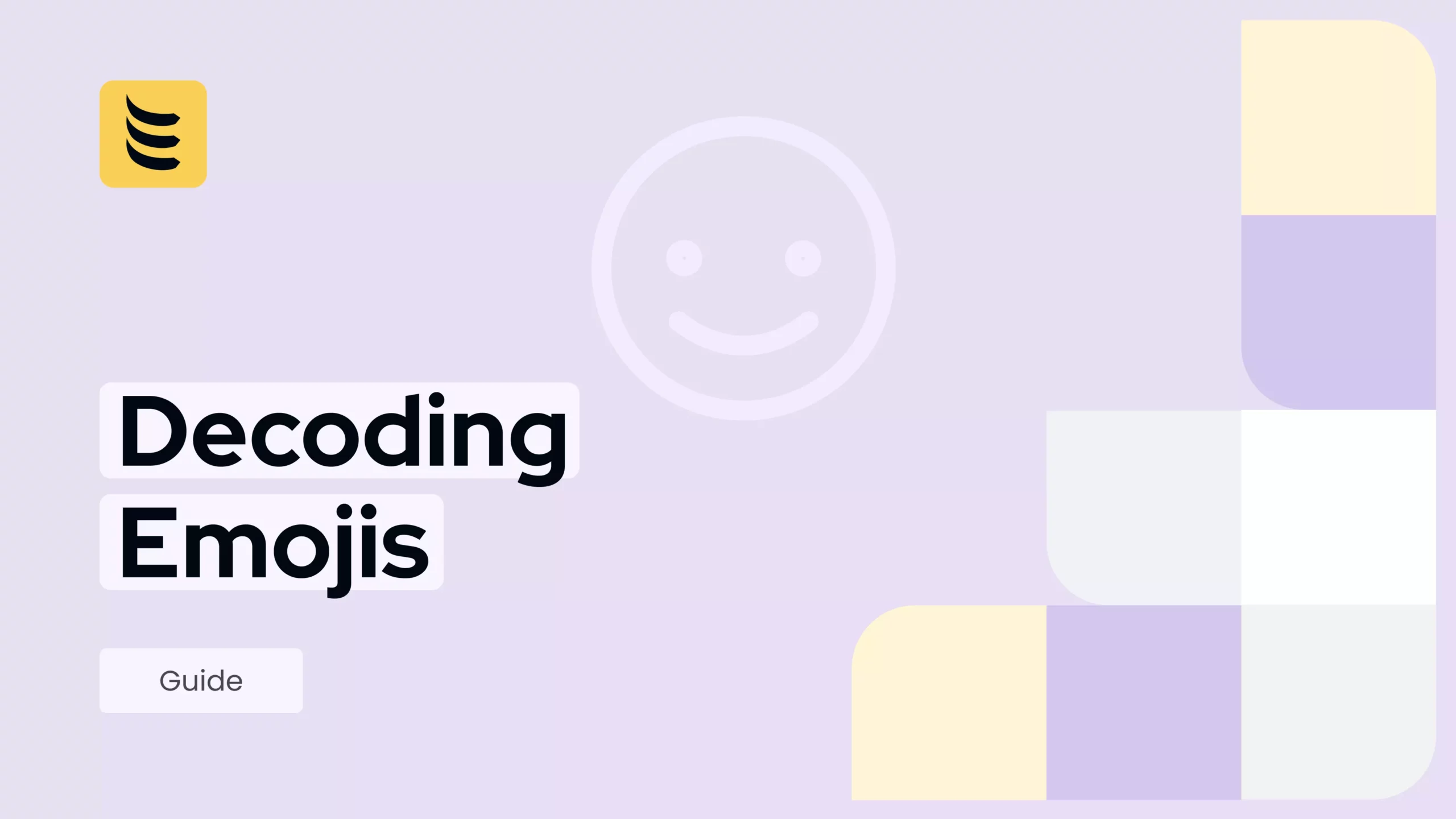Inbound and outbound call centers and contact centers provide business organizations with a range of options for managing their essential communications. In fact, the market for cloud-based contact center platforms is anticipated to grow from US$6.8 billion in 2017 to US$20.9 billion by 2022, at a Compound Annual Growth Rate (CAGR) of 25.2% during the forecast period.
You will often hear the terms “call center” and “contact center” used interchangeably. However, there are key differences between these business communication models — and the distinction between the two is fundamental and extremely important for today’s businesses.
What’s a Contact Center Platform?
A contact center platform is a cloud-based communications platform that provides a unified framework for omnichannel communication between a business and its external contacts (which may include customers, supply chain partners, and other key stakeholders). This communication may take the form of inbound and outbound calling or messaging, and interactions with self-service channels for customer service, technical support, etc.
A contact center platform will typically have a number of software modules that can integrate seamlessly with existing applications, via a unified interface that enables data sharing and easy coordination of its different functions. In addition, Application Programming Interfaces (APIs) enable integration with a range of business platforms and cloud-based applications, such as Customer Relationship Management (CRM) systems. For example, IDT Open Contact Center (IDT OCC) enables the integration of any 3rd party solution or application using APIs to enhance its operation.
The sum total of this is that a contact center platform enables businesses to create seamless, omnichannel communication experiences that benefit both consumers and service agents alike.
The Difference Between a Call Center Platform and a Contact Center Platform
Since their first appearance in the 1960s, call centers have been performing a simple core function: providing a bank of phones and an automatic call distributor (ACD) to enable businesses to manage their inbound and outbound phone calls. Call center agents traditionally handle customer inquiries and perform customer service duties, in addition to other duties (depending on the business) such as debt collection, billing, or telemarketing.
Initially, this function relied on landline/analog phone systems. More recently, however, call center telephony has become increasingly reliant on Voice over Internet Protocol or VoIP, a technology that converts voice signals into digital information that can be transmitted over the internet and data networks. This development has also enabled a phenomenon known as network convergence, which provides the crucial factor that makes contact center platforms viable.
Under network convergence, voice and data share the same underlying network infrastructure, allowing deep integration of their operations and the possibility of employing various forms of digital communication. So whereas a call center’s operations are typically limited to voice telephony, agents using a contact center platform have access to voice, video, instant messaging, text messages, email, and social media.

[Image source: TechTarget]
In addition to utilizing more communications channels than a call center, a contact center platform gives organizations access to a wealth of customer data, which they can leverage to enhance customer profiling and the refinement of buyer personas and to provide personalized support for a better customer experience. Contact center data analytics extend beyond speech analysis to the extraction of insights from social media and other customer and market inputs.
A contact center platform can provide extensive customer self-service (CSS) options, such as knowledge bases, chatbots, Frequently Asked Questions (FAQ), and specialist forums — going a step further than the Interactive Voice Response (IVR) facility typical of a call center platform.
To deal with the diversity of communication channels at their disposal, contact center agents require skills in addition to those of traditional call center agents. These include reading comprehension, written communication, multitasking, and social media etiquette.
Finally, through the use of Application Programming Interfaces (APIs), a contact center platform can interact with various business applications including Customer Relationship Management (CRM) platforms, Enterprise Resource Planning (ERP) systems, and helpdesk ticketing software such as Zendesk.
What Features to look for in a Contact Center Platform?
Due to the partial overlap in their functions, some of the features you should expect to see in a contact center platform are the same as you would find in call center software. Specifically, these are:
Interactive Voice Response or IVR: Typically, an Interactive Voice Response system collects information about an inbound caller’s query and then routes the caller to the correct resource for handling their issue, or to a human support agent if required.
Automatic Call Distributor (ACD): Once the IVR establishes with whom a caller needs to speak, an ACD automatically transfers the caller to that agent or department.
Speech analysis software: This may perform sentiment analysis, to gauge a caller’s emotional state (Angry, Happy, Satisfied, etc.).
In addition to these voice-related tools, a contact center platform should also provide a set of features dedicated to other forms of communication, and for information management. These include:
Email response management: The platform should provide a system for organizing, tracking, and archiving large volumes of emails.
Intelligent omnichannel routing: Using Artificial Intelligence (AI), this feature can identify a customer’s intent and forward them on to a live agent, irrespective of the communication channel.
Reporting tools: Analytics and reporting tools should gather information from all channels to enable contact center managers to create and monitor Key Performance Indicators (KPIs) such as first contact resolution and other Quality Assurance (QA) metrics. With AI-powered analytics, these tools can provide a holistic view of the customer journey.

[Image source: IDT]
What are the Key Benefits of an Outbound Contact Center Software?
There are several advantages that a business can enjoy by deploying an outbound contact center platform.
First of all, since an outbound contact center platform allows agents to respond to queries and requests via multiple channels, businesses can develop and employ a highly customized communications ecosystem. This power is further enhanced by the freedom to integrate with other services offered by APIs.
With digital access to customer information, an outbound contact center platform gives agents a wealth of data to choose from, including customer details, call histories, and related helpdesk tickets. The platform also provides a unified interface that enables agents to respond to multiple channels of communication, all at their own pace.
Since their first appearance in the 1960s, call centers have been performing a simple core function: providing a bank of phones and an automatic call distributor (ACD) to enable businesses to manage their inbound and outbound phone calls. Call center agents traditionally handle customer inquiries and perform customer service duties, in addition to other duties (depending on the business) such as debt collection, billing, or telemarketing.
Since cloud-based contact center platforms are accessible from any device with an internet connection, agents can work from any location, and at any time of day. For instance, IDT OCC’s native support of WebRTC allows agents to work from anywhere with equal agility. Cloud infrastructure also enables the business to easily scale its contact center operations in response to demand and changing market conditions.
Finally, with AI and automation, an outbound contact center platform can empower organizations to resolve customer issues more quickly. For example, chatbots can use speech recognition and automated scripts to swiftly respond to online text messages. Contact center CSS tools enable organizations to reduce their resolution times for dealing with customer issues while reducing agent workloads and operational costs.

[Image source: Itec]
Top 10 Outbound Contact Center Web Applications
There are currently many outbound contact center platforms on the market. The top ten options include the following:
- 8×8 Contact Center
- Avaya OneCloud CCaaS
- Dialpad Contact Center
- Five9 Intelligent Cloud Contact Center
- Genesys Cloud CX
- IDT Open Contact Center (IDT OCC)
- Nice inContact CXone
- RingCentral Contact Center
- Twilio Flex
- Zendesk Support SuiteTalkdesk
With so many options to choose from, finding the outbound contact center software that best suits your business can be a difficult task. Now, knowing the benefits and features to look for, and the leading products available, you’re in a position to make an informed decision.
Another consideration to take into account is pricing. IDT has created an outbound pricing calculator designed to help Communications Platform as a Service (CPaaS) VoIP users to navigate the complex pricing offered by CPaaS services. When using the IDT outbound pricing calculator, you should note that you may get discounts for high usage or long-term contracts when talking to the CPaaS companies. Note also that different features like recording, conference, etc… could be free on one CPaaS and cost on another.
If you’d like to know more about how IDT can assist in your selection and deployment of the right outbound contact center platform for your business, get in touch with us.




